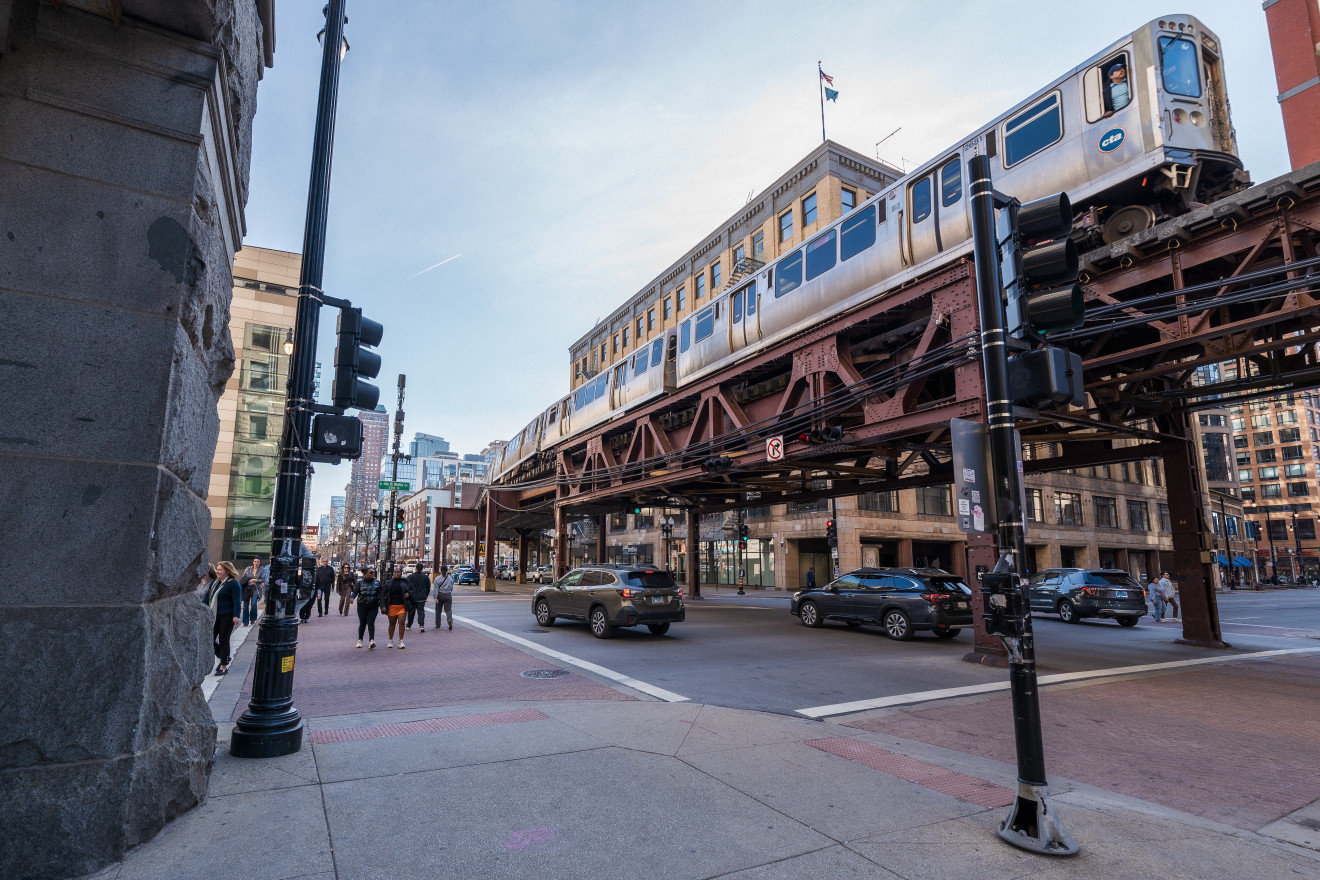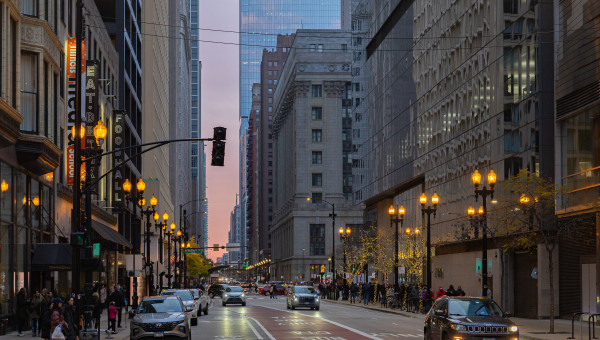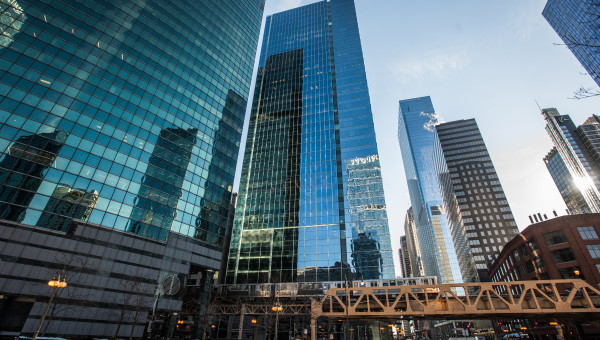Posted 52 days ago
Chicago Loop Alliance has been working closely with RTA and other transit partners to advocate for legislative support of the $1.5 billion request to maintain and enhance our transit system. CLA recently penned an op-ed from Michael Edwards that was published in Crain's Chicago Business yesterday. Please take a moment to read the commentary.
All roads lead to the Loop. And what happens when the buses and trains along those routes dry up? The answer to that question lies with the future of the Regional Transportation Authority.
Chicago’s Loop, the core of business, hospitality, arts and culture, relies substantially on a functioning and safe transit system. That is currently in jeopardy. Chicago’s regional transit system is facing a $771 million fiscal cliff due to chronic underfunding and changes in travel patterns post-pandemic. State legislators must act to enable new operating funding by the end of the legislative session in May. Failing to do so would force service cuts up to 40% starting in early 2026. Transit advocates are in support of $1.5 billion in new annual funding to allow for increased and expanded bus and train service across metro Chicago. This funding should come with reforms to establish an empowered RTA that can increase efficiency and accountability for riders and residents.
Millions of riders transverse to and from the Loop utilizing CTA rail and bus lines, Metra cars and Pace routes each quarter, creating a dynamic economy of Chicagoans and one of the greatest downtowns in the nation. If their transportation options cease to exist, not only will downtown recovery stall – it faces collapse.

Current inadequacies in transit service impact the viability of the Loop, and increased cuts will further disrupt recovery. The Loop represents less than half a percent of Chicago’s land mass yet generates 14.7% of the city’s tax revenue. It is the economic engine of the Chicagoland area, and as the city’s lifeblood, requires safe, consistent and clean public transit.
The Loop boasts the highest concentration of public transportation stations in the city, hosting 10% of the city’s 144 L stations in its 1.1 sq mile footprint alone. And the numbers speak for themselves – Loop stations generated 21% of all entries in 2024, and Metra service to the Loop represents a majority share of total regional ridership. Based on recent ridership data provided by RTA, 90% of all Metra rides in January and February 2025 either began or ended downtown.
In an evolutionary era for the Loop and greater downtown, inaction or delayed solutions only further inhibit our growth potential. Our world-class city rivals major metro areas like Paris and New York City largely due to our public transit system. However, we need to grow and adapt to remain competitive with cities like Shanghai, Beijing, and Singapore leading the charge in innovation and technology.
For the millions of theatre patrons; hundreds of thousands of workers; or thousands of students that depend on public transportation each day, we must provide reliable options independent of ridership performance.




